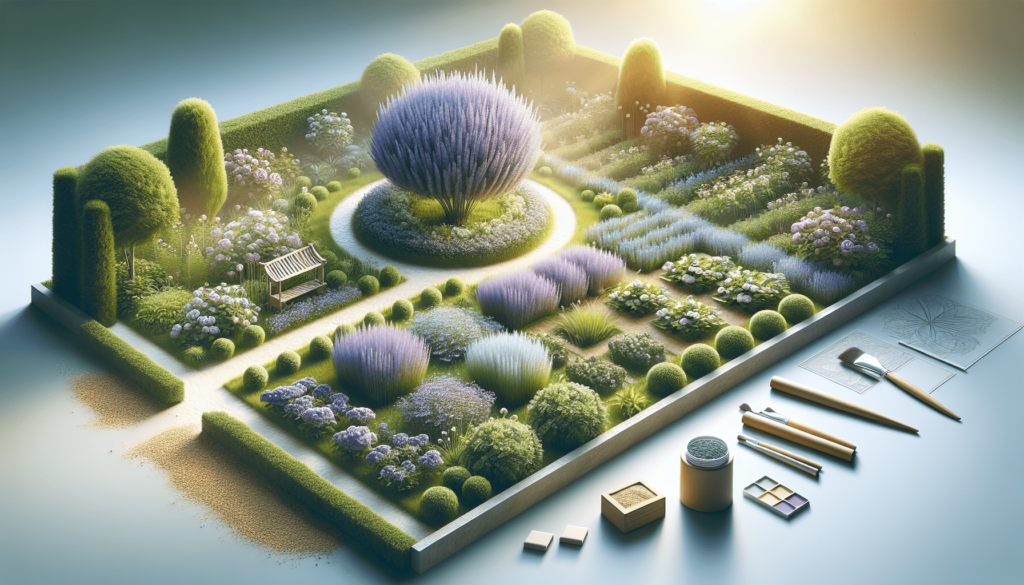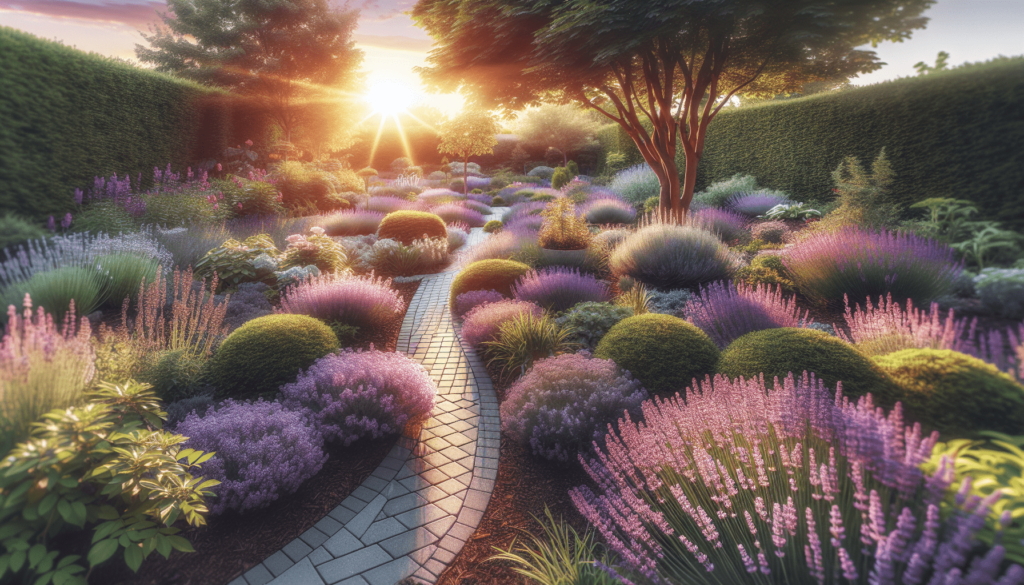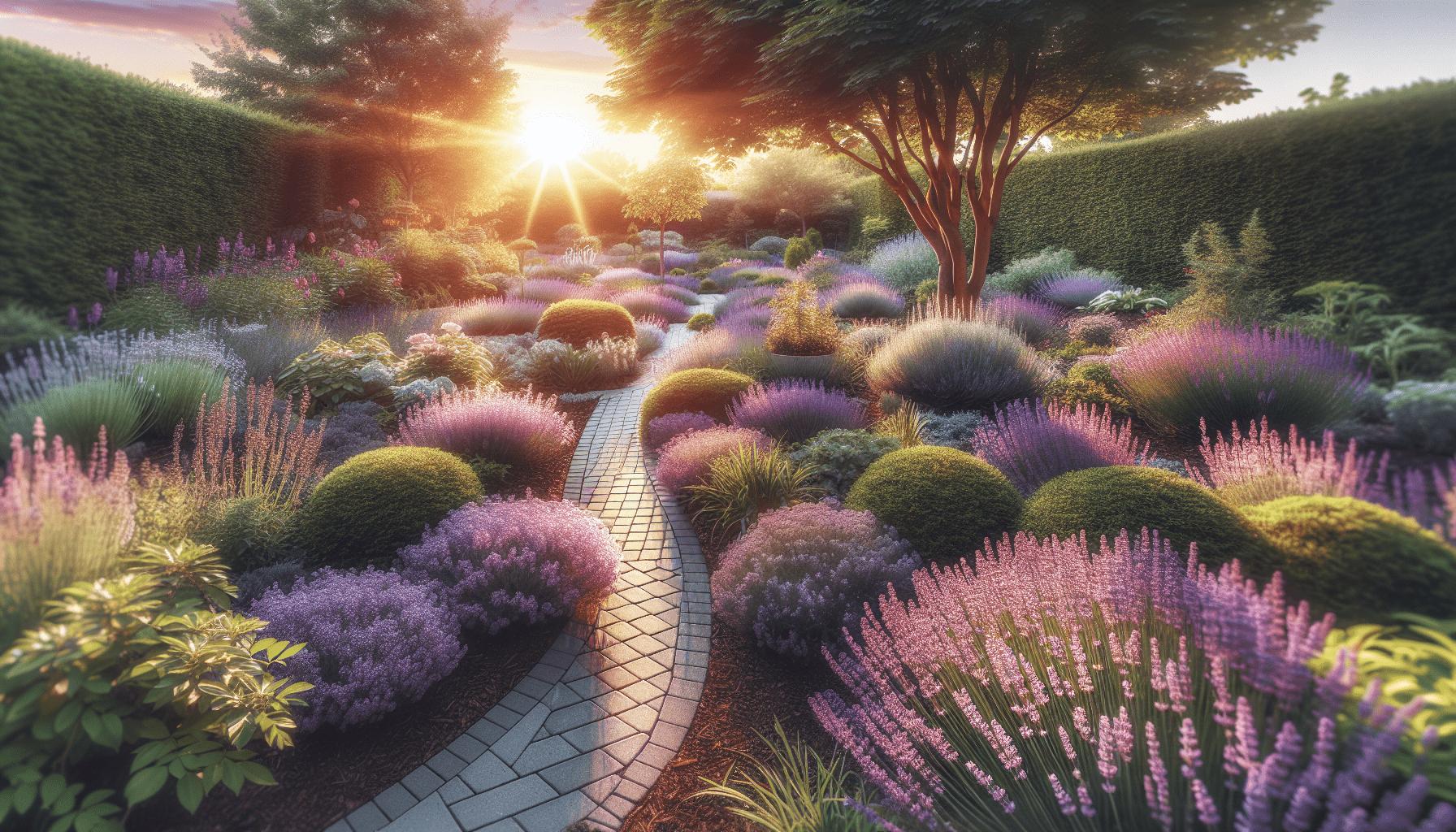In “Seasonal Allergy-Proofing Your Yard and Garden,” you’ll discover practical tips and strategies to transform your outdoor space into a haven free from seasonal allergens. We’ll guide you through selecting the right plants, managing your maintenance routine, and implementing clever landscaping tricks to minimize pollen and other allergens. Whether it’s choosing the best ground cover or understanding when to prune certain trees, you’ll find everything you need to create a more enjoyable, sneeze-free garden. So get ready to breathe easier and savor your time outside like never before! Have you ever felt the joy of spring or summer wilt away because of sneezing, watery eyes, and relentless itching? Seasonal allergies can be a real spoiler when you’re trying to enjoy your beautiful yard or garden. But don’t despair! With some thoughtful planning and a few simple adjustments, you can enjoy your outdoor spaces without the constant battle against allergens.
Understanding Seasonal Allergies
Seasonal allergies, also known as hay fever or allergic rhinitis, are the body’s overreaction to airborne substances like pollen. Simply put, your immune system mistakes harmless substances for harmful invaders. The primary culprits usually are pollen from trees, grasses, and weeds.
Common Allergens in the Yard and Garden
Understanding what triggers your allergies is the first step toward creating an allergy-friendly environment. Common allergens include:
- Tree Pollen: Oak, birch, cedar, and maple trees are notorious for spreading pollen.
- Grass Pollen: Bermuda grass, Kentucky bluegrass, and Timothy grass can cause significant issues.
- Weed Pollen: Ragweed, nettle, and plantain are common pollen sources.
Symptoms to Look Out For
To effectively control allergies, you need to recognize them when they appear. Common symptoms include:
- Sneezing
- Runny or stuffy nose
- Itchy eyes, nose, and throat
- Watery eyes
- Coughing
Allergy-Proofing Your Yard
Making your yard allergy-proof might sound daunting, but with a few strategic steps, you can significantly reduce those sneezy, itchy moments.
Choosing Allergy-Friendly Plants
Certain plants are less likely to trigger allergies. Go for plants that are pollinated by insects rather than the wind because they produce heavier pollen that doesn’t travel easily.
| Plant Type | Allergy-Friendly Options | High-Allergen Options to Avoid |
|---|---|---|
| Trees | Apple, Cherry, Dogwood | Oak, Birch, Cedar |
| Shrubs/Bushes | Azalea, Boxwood, Hibiscus | Juniper, Cypress, Privet |
| Flowers | Begonia, Daffodil, Tulip | Daisy, Sunflower, Chrysanthemum |
| Grasses | St. Augustine, Zoysia | Bermuda, Kentucky Bluegrass, Timothy |
Implementing a Planting Strategy
Proper placement and grouping of plants can also help reduce allergens. Here are a few tips:
- Barrier Plants: Create barriers using hedges or fences to keep pollen-producing plants from infiltrating your yard.
- Strategic Placement: Place high-allergen plants farther from your home and outdoor leisure areas.
- Diverse Garden: Opt for a mix of plants to avoid large concentrations of any particular pollen.
Regular Yard Maintenance
A well-maintained yard is an essential component of an allergy-proof garden. Here’s how to keep it in tip-top shape:
Mowing the Lawn
Regular mowing prevents grasses from flowering and releasing pollen. However, this can stir up pollen. Consider using a mask while mowing or hiring someone to do it.
Weeding
Weeds are infamous for producing allergens. Regular weeding will keep pollen levels low. Mulching can help suppress weed growth and reduce allergens.
Watering
Proper watering can keep your plants healthy and reduce pollen spread. Water your garden in the morning or evening to minimize evaporation and stress on plants.

Allergy-Proofing Your Garden
Moving on from the yard to a more controlled garden environment, you still need to implement specific strategies to keep your allergies at bay.
Creating an Allergen-Free Garden Design
A well-thought-out garden design can drastically reduce exposure to allergens.
Raised Beds and Containers
Raised beds and containers allow for better control over soil and plant type, reducing the likelihood of allergenic weeds moving in.
Hardscaping Elements
Incorporate elements like stone pathways, patios, and decking to reduce places where pollen can gather. Hardscaping also reduces the amount of yard that needs to be mowed.
Plant Selection for the Garden
Just as with the yard, choosing the right plants for your garden is crucial. Aim for:
- Low-Allergen Trees and Shrubs: Consider non-flowering trees and shrubs or those with low pollen production.
- Perennials and Annuals: Choose plants with large, sticky pollen that doesn’t become airborne easily.
Garden Maintenance Practices
Maintain your garden with these smart tactics:
Pruning
Regular pruning helps prevent flowering in trees that produce allergens. Always prune early in the morning when pollen counts are lower.
Disease Control
Healthy plants are less likely to produce allergens. Regularly check your garden for signs of disease or pests and address them promptly.
Clean Gardening Tools
Pollen can stick to gardening tools, so clean them after each use to prevent spreading allergens.
Additional Tips for an Allergy-Proof Outdoor Space
Beyond plants and maintenance, there are additional ways to create an allergy-friendly outdoor environment.
Seasonal Timing
Pollen counts are highest in the early morning and late afternoon. Plan your gardening activities for midday or after a rain when pollen counts are lower.
Protective Gear
Wear gloves, a long-sleeved shirt, and a hat when gardening to avoid direct contact with allergens. A mask can also help filter out pollen.
Outdoor Structures
Create outdoor living spaces with covered patios or gazebos. These structures can keep pollen out while still allowing you to enjoy the outdoors.
Pollen-Blocking Barriers
Consider installing fences or hedges that act as barriers to keep pollen from entering your yard and garden from neighboring areas.
Clean Practices
After spending time outside, shower and change clothes to remove any pollen you might have brought indoors. Keep windows closed and use air conditioning when pollen counts are high.

Indoor Considerations
While this article focuses on your yard and garden, it’s crucial not to let outdoor allergens invade your indoor space.
Ventilation and Filtration
Use high-efficiency particulate air (HEPA) filters in your home’s HVAC system. Regularly clean your vents and make sure your system is properly maintained.
Keeping Windows Closed
Keeping windows closed during high pollen seasons can prevent allergens from entering your home.
Regular Cleaning
Frequent vacuuming and dusting can help remove allergens that find their way indoors. Consider using a vacuum with a HEPA filter.
Washing Fabrics
Wash bedding and other fabrics regularly to remove lingering pollen. Dry clothes indoors to avoid collecting pollen from outside.
Indoor Plants
Opt for indoor plants that produce minimal pollen, such as ferns and palms. Avoid flowering indoor plants that can contribute to indoor pollen counts.
Case Study: Transforming Allison’s Allergy-Ridden Yard
Let’s look at a practical example to tie it all together. Allison loved her garden but hated that it always triggered her allergies. Here’s how she transformed her space:
Initial Assessment
Allison started by identifying her primary allergens, which were mostly tree and grass pollen. She then assessed her yard and noted the main sources of pollen.
Plant Choices
She replaced high-pollen trees like oak and birch with allergy-friendly alternatives like dogwood and crabapple. Her garden also got a facelift with perennials less likely to trigger allergies.
Maintenance Routine
Allison implemented a strict mowing and weeding schedule, hired someone to mow her lawn, and made sure to remove weeds promptly. She also started watering her plants early in the morning.
Protective Measures
Allison installed a few hardscaping elements, including a stone patio where she could enjoy the outdoors without being close to allergenic plants. She also put up a decorative fence that doubled as a pollen barrier.
Indoor Adjustments
To avoid bringing pollen indoors, Allison set up a designated cleanup area right by the door where she would shake off garden clothes and shoes. She also started running an air purifier indoors to capture any stray pollen particles.
Conclusion
Seasonal allergies shouldn’t keep you from enjoying the beauty and tranquility of your yard and garden. By understanding your allergens, making thoughtful plant selections, and maintaining your outdoor spaces, you can create an area where you can breathe easily and feel at home. So, get started on transforming your yard today and reclaim the joy of spending time outdoors without the annoying symptoms of seasonal allergies!
Feel free to reach out with any questions or share your success stories. We’re here to help you create a more enjoyable, allergy-free outdoor space. Happy gardening!
